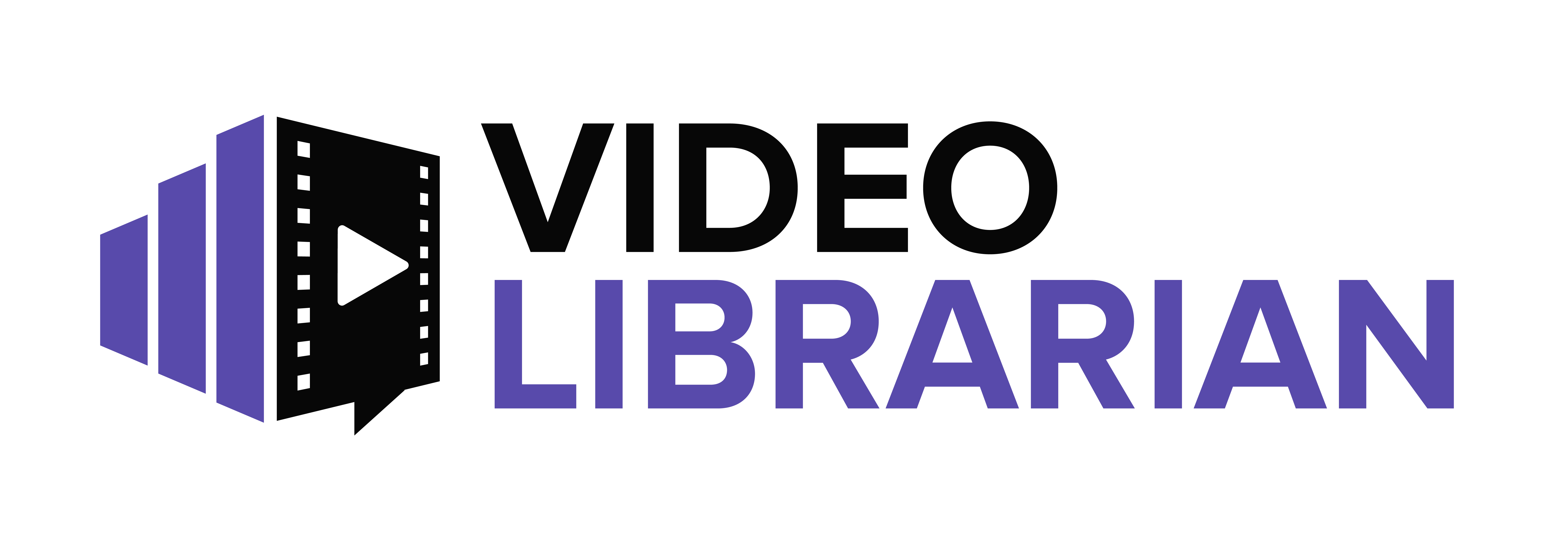Scientists have now proven what parents have long suspected: teenage brains are different. Not only are teens more prone to impulsive behaviors, they're considerably more sensitive to the effects of drugs and alcohol. To drive home this lesson, students here are shown both a 3-D animation of the brain (with explanations of each section's functions) and a real human brain in a lab (where it looks tiny and vulnerable), as well as dramatic brain scans comparing the MRIs of students who are habitual drinkers/users vs. the brains of teens who aren't. In addition to an experiment illustrating how alcohol use affects brain function in lab rats, marijuana, ecstasy, and inhalant abuse are also discussed, with the warning that “huffing” inhalants is like putting a plastic bag over your head, since both cut off oxygen to the brain. Stressing that the problem extends beyond short-term brain damage, interviewees (including physicians) point out that young people who use/abuse are setting themselves up for limiting their own chances of success in school, work, sports, and relationships. The comprehensive teacher guide includes blackline masters with a quiz and suggestions for student activities. Recommended. Aud: I, J, H. (R. Reagan)
Getting Stupid: How Drugs Damage Your Brain
(2004) 23 min. VHS or DVD: $99.95 (teacher’s guide included). Human Relations Media. PPR. Closed captioned. ISBN: 1-55548-276-7 (vhs), 1-55548-197-3 (dvd). Volume 21, Issue 1
Getting Stupid: How Drugs Damage Your Brain
Star Ratings
As of March 2022, Video Librarian has changed from a four-star rating system to a five-star one. This change allows our reviewers to have a wider range of critical viewpoints, as well as to synchronize with Google’s rating structure. This change affects all reviews from March 2022 onwards. All reviews from before this period will still retain their original rating. Future film submissions will be considered our new 1-5 star criteria.

